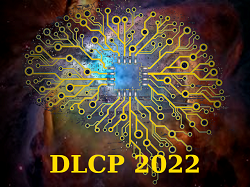Speaker
Description
Recently, the haze removal methods have taken increasing attention of researchers. An objective comparison of haze removal methods struggles because of the lack of real data. Capturing pairs of images of the same scene with presence/absence of haze in real environment is a very complicated task. Therefore, the most of modern haze datasets contain artificial images, generated by some model of atmospheric scattering and known scene depth. Among the few real datasets, there are almost no datasets consisting of images obtained in low light conditions with artificial light sources, which allows evaluating the effectiveness of nighttime haze removal techniques. In this paper, we present such dataset, consisting of images of 2 scenes at 4 lighting levels and 4 levels of haze intensity. The scenes has vary "complexity" - the first scene consists of objects with a simpler texture and shape (smooth, rectangular and round objects); the second scene is more complex - it consists of objects with small details, protruding parts and localized light sources. All the images were taken indoor in controlled environment. An experimental evaluation of state-of-the art haze removal methods was carried out on the resulting dataset.
| Agreement to place | Participants agree to post their abstracts and presentations online at the workshop website. All materials will be placed in the form in which they were provided by the authors |
|---|

